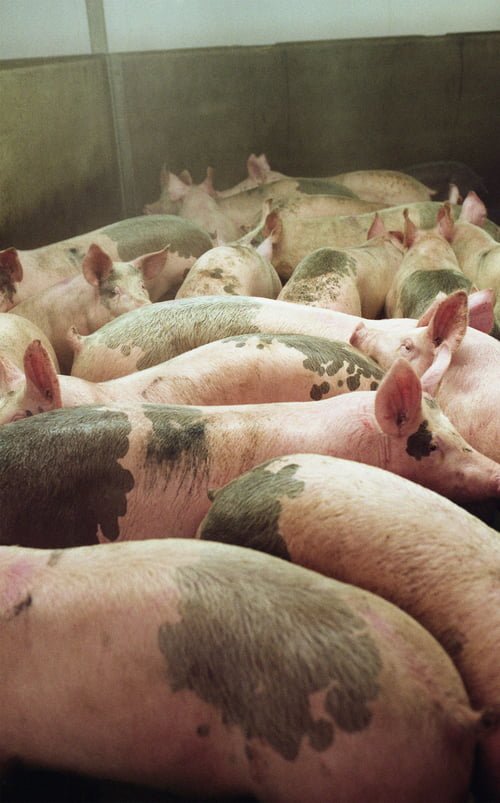
Photo Credit: Rachael Nellist
At Manchester School of Art‘s Degree Show this year, photography student Rachael Nellist‘s work stood out for both its aesthetic value and its emotive subject material. Her series The Industry photographically traces the lives of the animals born and reared in the UK to end up on our plates. Presented both as large-scale framed images and as printed and bound collections in Industry I and Industry II, Rachael’s curation of the images only serves to heighten their poignancy as we see images of alert, scared eyes staring out from behind bars give way to visceral, hellish images captured in the slaughter process. TSOTA‘s Ella Milburn asked Rachael some questions about her work.
How did you approach the people working in the farms and slaughterhouses? Were they eager to get involved?
Gaining access to these industrial places was something that I really struggled with during this project. The farms weren’t so bad. But when it came to the slaughterhouses it was very difficult. At the beginning of the project I managed to gain access to a few family run slaughterhouses, who were happy to let me walk round and photograph. However, I had always wanted to document the industry on a much larger scale so was really hoping to photograph a larger slaughterhouse. So I contacted over 50 different abattoirs before finally gaining access to only one, which happened to be one of the largest in the UK!
I can’t help but wonder – are you vegetarian or vegan?
Yes I am vegetarian, mainly because of my love for animals. So there were many aspects of this project that I found really hard. But going and visiting these slaughterhouses is definitely one of the most interesting things I have ever done and I feel that it’s such an important part of everyday life that more people should have the opportunity to see what happens. I feel privileged to have been granted access into an area of everyday life which is almost totally hidden from the public view.
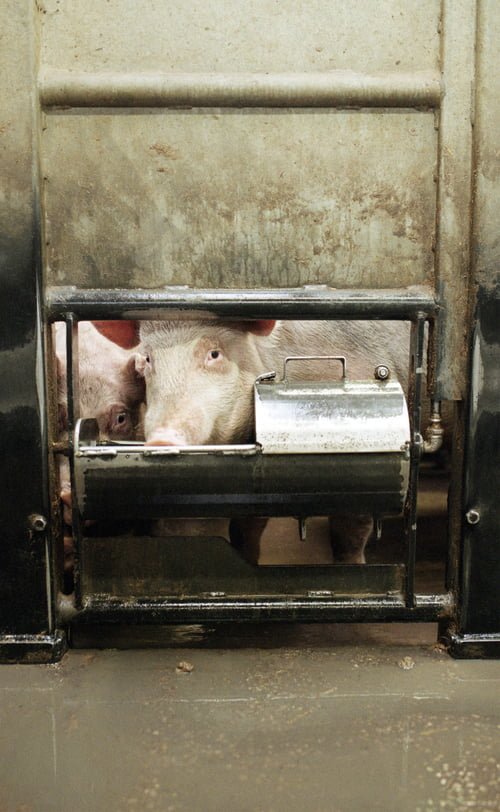
Photo Credit: Rachael Nellist
It was hard and very upsetting to visit such a large slaughterhouse, and to witness the actual slaughter happen. I followed the animals from when they get off the trucks to when they leave the slaughterhouse after being cut down into neat little packages of meat. But the slaughterhouses that I visited worked in a way so the animals saw little of what was going on. Although these are just the slaughterhouses that let me photograph, I can’t really comment on the many others within the UK.
One of the main inspirations and motives for creating a project on the meat industry has been looking at how this industry isn’t widely represented or documented. With my photography I attempted to create thought provoking images relating to an everyday commodity. My concept throughout this work has been to present an honest exploration into an aspect of life which interests me greatly. Although it is hard to approach a topic like this without an agenda, or bias, I tried to photograph in a way which accurately presented the scenes in front of me in an honest documentary way.
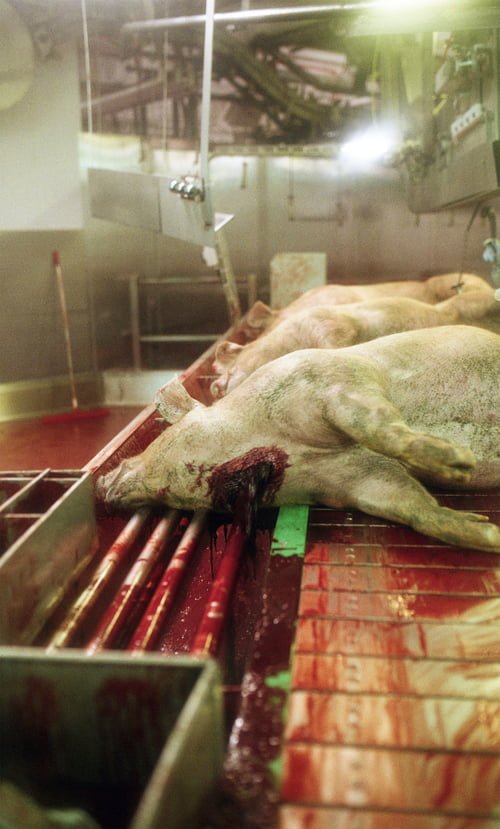
Photo Credit: Rachael Nellist
Filed under: Art & Photography
Tagged with: activism, degree show, manchester school of art, meat industry, mmu, photography, rachael nellist, student, the industry, vegan, vegetarian
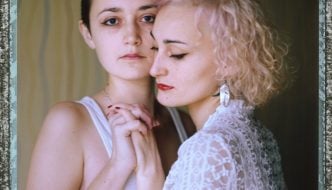
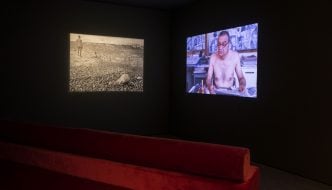
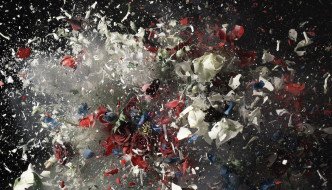
Comments